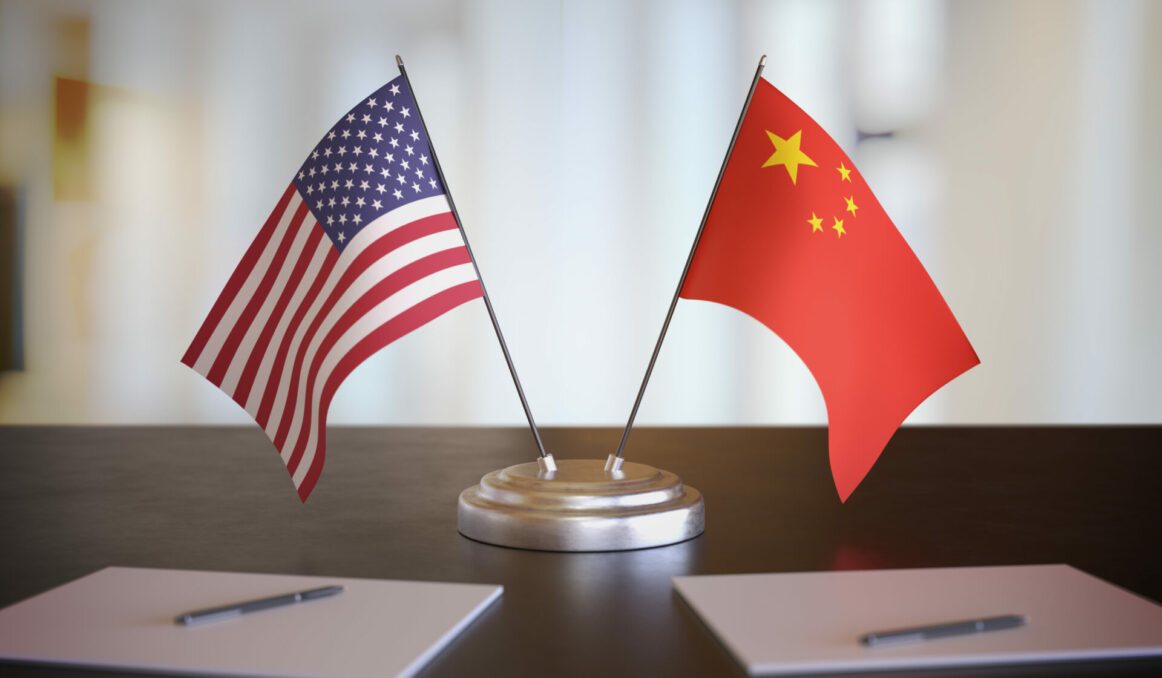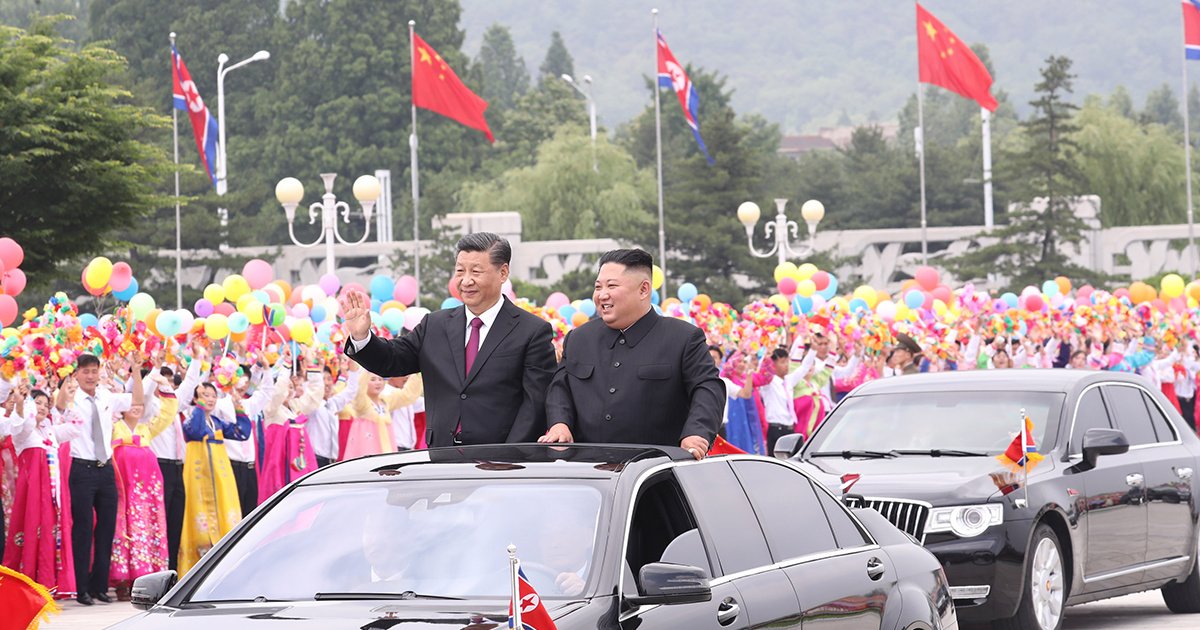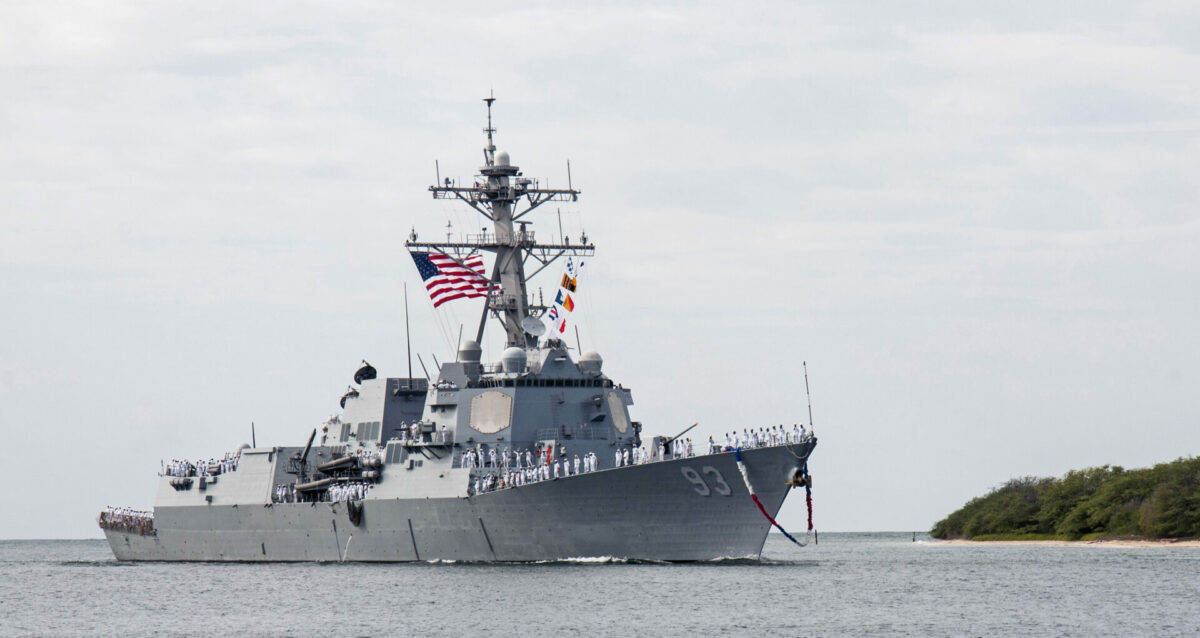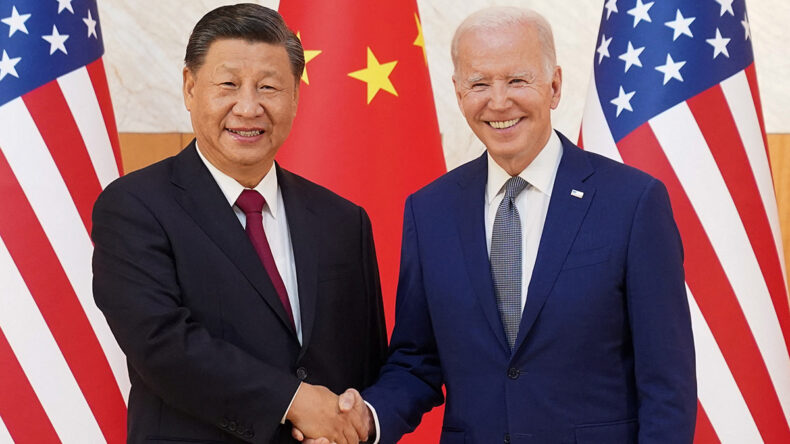Table of Contents
The recent developments in China-US relations have brought forth a new set of complex challenges. While China and the US have been significant trading partners, the remarkable growth in its economic and military power has sparked concerns in the US. The US perceives its rise as a threat to its superpower status, as it emerges as a rising global power. This tension and animosity between the two nations can be traced back to various historical events, with one notable example being the Korean War, which played a pivotal role in shaping their relationship.

Unmasking the Korean Conflict: A Historical Struggle
The Korean War, which began on June 25, 1950, when the Soviet-backed North Korean Army invaded South Korea, intensified the existing hostility between China and the US. While the United States and the United Nations rushed to support South Korea, China supported North Korea, aligning itself with the Soviet Union due to their shared communist ideology. The war lasted for three years, resulting in the loss of four million lives. This conflict laid the foundation for the deep-rooted animosity and mistrust that continues to persist between China and the US.

Furthermore, the strained relationship between the US and the USSR (Russia) over an extended period has also contributed to the hostile nature of China-US relations. China and Russia, as communist nations, have maintained a close and amicable relationship. One notable turning point was President Richard Nixon’s historic visit to China in February 1972. During this visit, President Nixon met with Chairman Mao and signed the Shanghai Communique with Premier Zhou Enlai. This landmark agreement paved the way for improved US-China relations, enabling them to address complex issues such as Taiwan, which had further strained their relationship.
Revitalizing Trade Ties: A Path to Normalization
President Clinton’s signing of the US-China Relations Act of 2000 in October further facilitated normal trade relations with China, leading to its accession to the World Trade Organization in 2001. This trade growth propelled it to surpass Mexico, becoming the USA’s second-largest trading partner after Canada.

However, in recent years, growing tensions between China and the US have intensified due to various factors. Its ascension to becoming the world’s second-largest economy, surpassing Japan, has raised concerns in the US. The rapid growth of its economy is seen as a challenge to US hegemony, ultimately contributing to the strained relations between the two nations. Mutual mistrust is a prevailing sentiment, with both countries suspecting each other of undermining their respective interests.
The issue of Taiwan has become particularly sensitive in recent years, exacerbating tensions between China and the US. The visit of Nancy Pelosi on August 2, 2022, was a clear indication of US support for Taiwan and opposition to Taiwan’s reunification with China, which contradicts China’s “One China Policy.” On June 3, 2024, the US Navy released a video depicting an unsafe interaction in the Taiwan Strait. A Chinese warship crossed in front of a US destroyer, raising tensions further.
The US claimed that the USS Chung-Hoon, a destroyer, was conducting a routine transit when the Chinese ship cut across its path, coming within 137 meters. This incident occurred amidst the backdrop of deteriorating US-China relations, exacerbating an already fragile situation. Consequently, the future trajectory of their relationship remains uncertain, with smooth sailing seeming increasingly unlikely.

In summary, the tensions between China and the US have introduced a new set of challenges. The US perceives China’s rapid economic and military growth as a threat to its superpower status, while historical events such as the Korean War and the strained relationship between the US and Russia have contributed to the animosity between the two nations. Recent developments, including the Taiwan issue and unsafe naval interactions, have further strained their relationship. Mutual mistrust prevails, with each country suspecting the other of undermining its interests. As the future unfolds, the trajectory of China-US relations remains uncertain, with significant obstacles ahead.
References:
1949 – 2024 U.S.-China Relations
Explained: Recent Trends In The US-China Relations
My other work:
Navigating Economic Rifts: American Executives’ Struggle in China
Coco Lee: Enchantress of pioneering melodies – Remarkable.
Cage Fight: Elon Musk vs. Mark Zuckerberg












